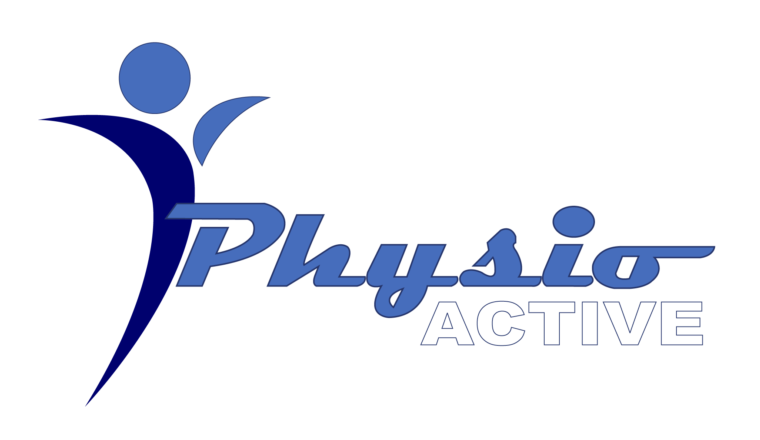Post-surgical Physiotherapy
Post-surgical physiotherapy, also known as post-operative rehabilitation, plays a crucial role in helping patients recover and regain function after surgery. The specific physiotherapy treatments will vary depending on the type of surgery performed and the individual’s condition. Here are some common components of post-surgical physiotherapy:
Pain Management: Controlling pain is often a primary focus of post-surgical physiotherapy. The physiotherapist may use techniques such as heat or cold therapy, electrical stimulation, or manual therapy to alleviate pain and promote comfort.
Wound Care: The physiotherapist will provide guidance on proper wound care techniques to minimize the risk of infection and promote healing. This may include keeping the surgical site clean, applying dressings, and managing any drainage or sutures.
Early Mobilization: Depending on the surgery, early mobilization is encouraged to prevent complications such as blood clots, muscle stiffness, or joint contractures. The physiotherapist will guide the patient through exercises and movements to gradually increase mobility while ensuring safety.
Range of Motion Exercises: These exercises aim to restore and improve joint flexibility and range of motion. The physiotherapist will prescribe specific exercises tailored to the surgical site to prevent stiffness and maintain or regain optimal movement.
Strengthening Exercises: As healing progresses, the physiotherapist will introduce strengthening exercises to rebuild muscle strength and endurance. These exercises will target the affected area as well as the surrounding muscles to enhance stability and support.
Balance and Coordination Training: Depending on the surgery and the patient’s specific needs, the physiotherapist may include exercises to improve balance and coordination. This is particularly important for surgeries that affect mobility and require relearning movements.
Gait Training: If the surgery affects the lower limbs or walking ability, the physiotherapist will provide gait training to help the patient regain normal walking patterns and restore functional mobility.
Patient Education: Post-surgical physiotherapy often involves educating patients about proper body mechanics, posture, and ergonomics to avoid strain and optimize recovery. The physiotherapist may also provide guidance on activity modifications, lifestyle changes, and strategies to prevent future injuries.




